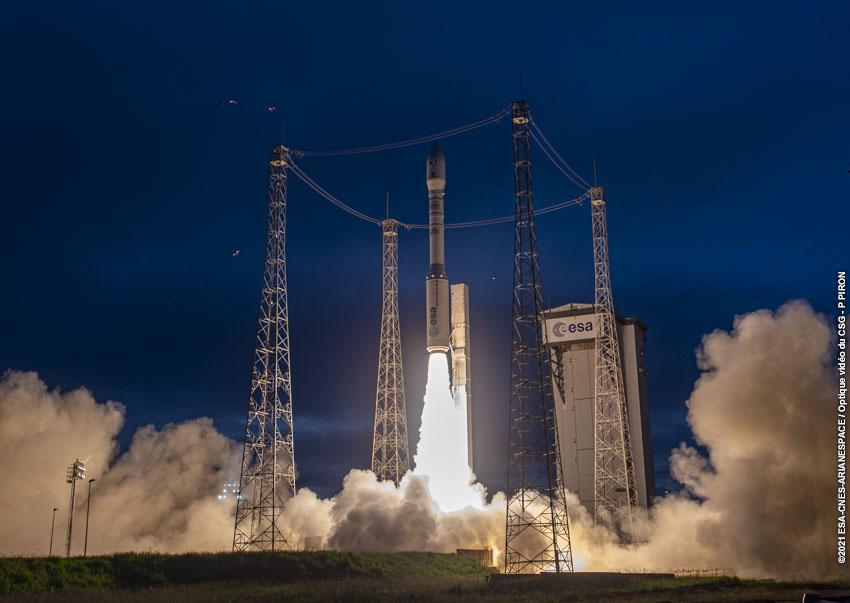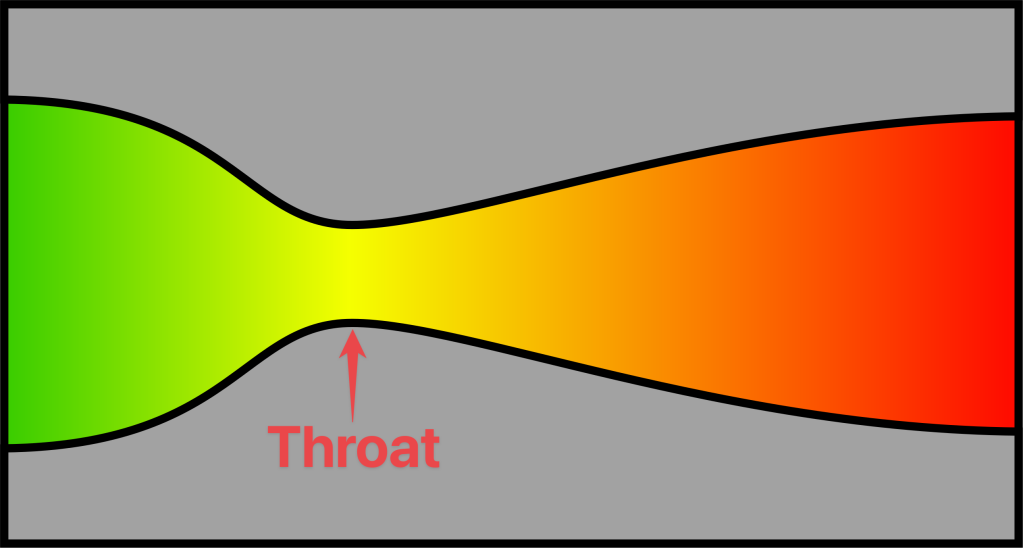
On December 22, Arianespace launched its second-ever Vega-C rocket from the Guiana Space Centre in South America. However, the launch failed shortly after the second stage ignition, and now we know why.
On board that Vega-C rocket were Pléiades Neo 5 and 6, Earth observation satellites from Airbus. Those two satellites sadly landed in the Atlantic Ocean with the rest of the rocket. This was the Vega family of rockets’ third failure and the Vega-C variant’s first.
If you don’t know, the Vega-C is an upgraded version of Arianespace’s small-lift launch vehicle, Vega. In collaboration with the Italian Space Agency, the Vega rocket has been launching since 2012. With the first three stages being powered by solid fuel, Vega doesn’t take time to get where it is going.
Cause of the VV22 launch failure
The root cause of the failure was found in the nozzle of the Zefiro 40 second stage. Specifically the throat of the nozzle, a constricted part of the engine that is critical to producing thrust needed for flight.

A Carbon-Carbon insert created by Avio of Ukraine was found to have a flaw in its homogeneity, or the quality of the material is the same or similar. Most known for being used on the leading edges of the Space Shuttle’s wings, Carbon-Carbon can withstand high amounts of heat, perfect for the inside of a rocket engine.
However, its flaw in the Vega-C’s second stage led to what Arianespace describes as “over-erosion” during flight. Avio is working on an alternative that uses the same Carbon-Carbon material used in the original Vega second stage and Vega-C’s third stage. Arianespace is targeting the end of 2023 for Vega-C’s return to flight mission.
Arianespace moving mission to original Vega rocket
Due to the delay in launching the next Vega-C rocket, Arianespace has decided to move a mission to one of its two remaining Vega (non-C) rockets. The launch of this mission is scheduled for no earlier than the end of summer 2023.
The mission is believed to be named Small Satellites Mission Service #16, a rideshare flight headed to a 500 km sun-synchronous orbit.
FTC: We use income earning auto affiliate links. More.

Comments